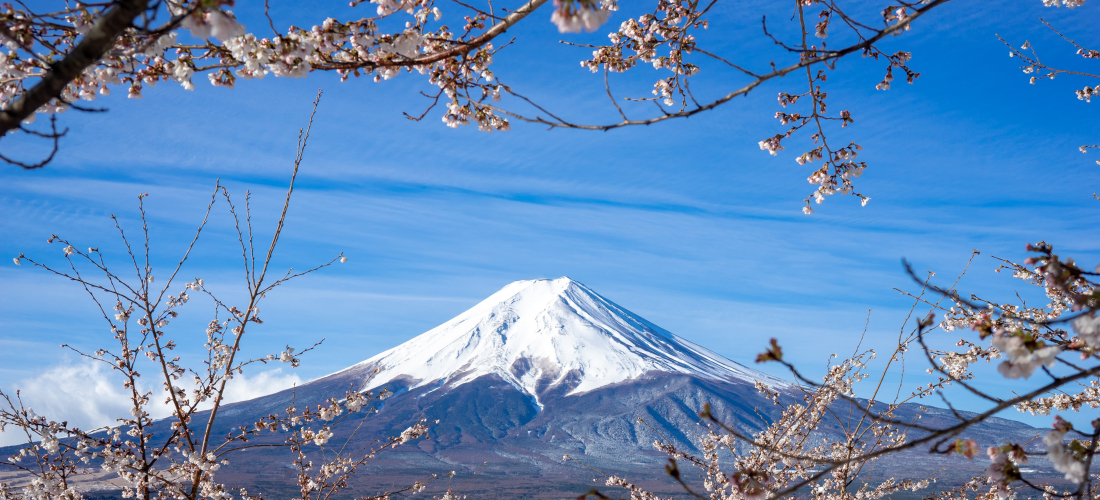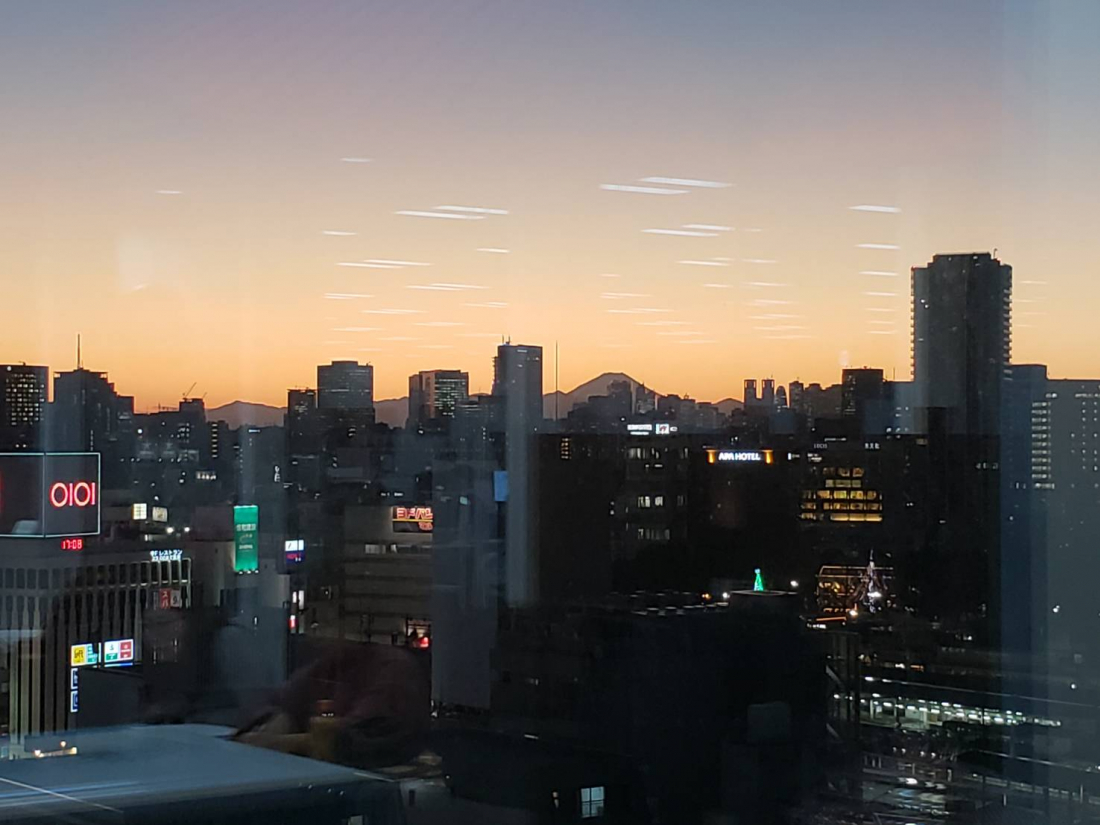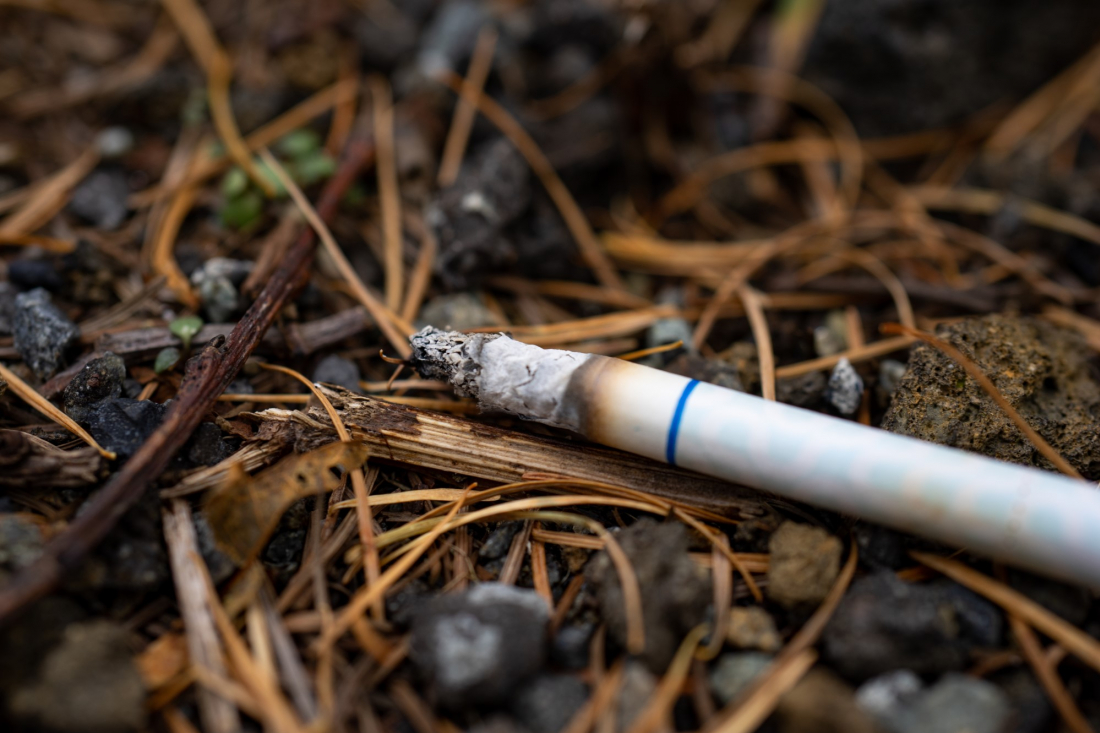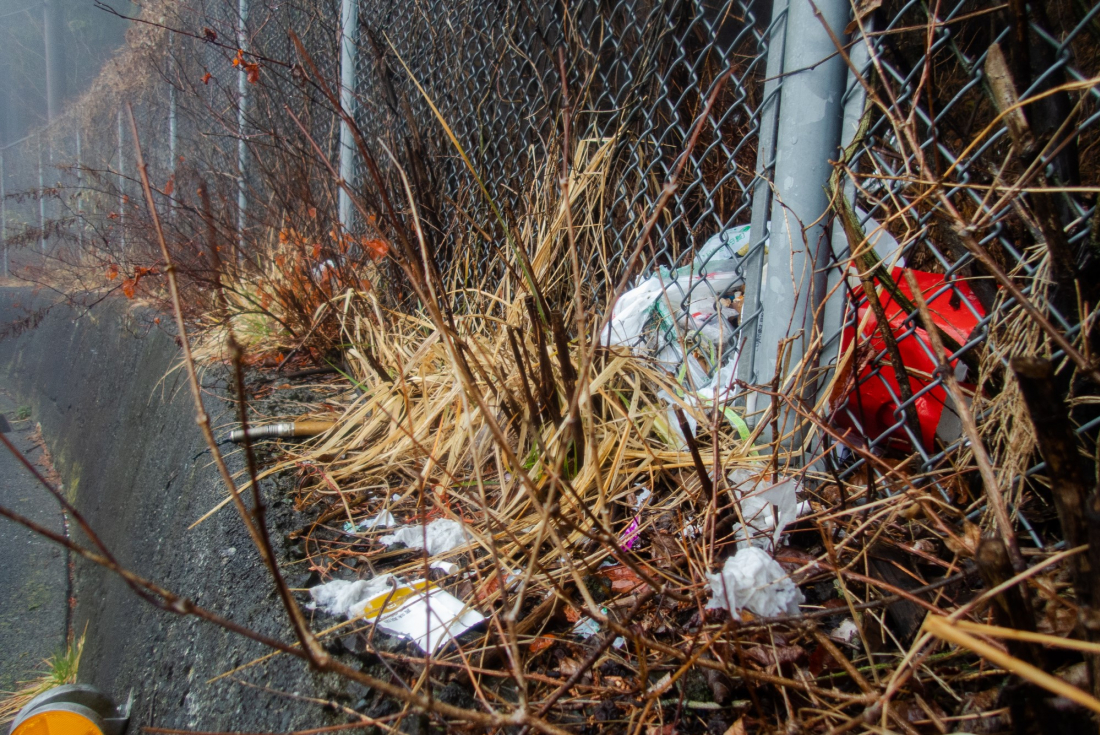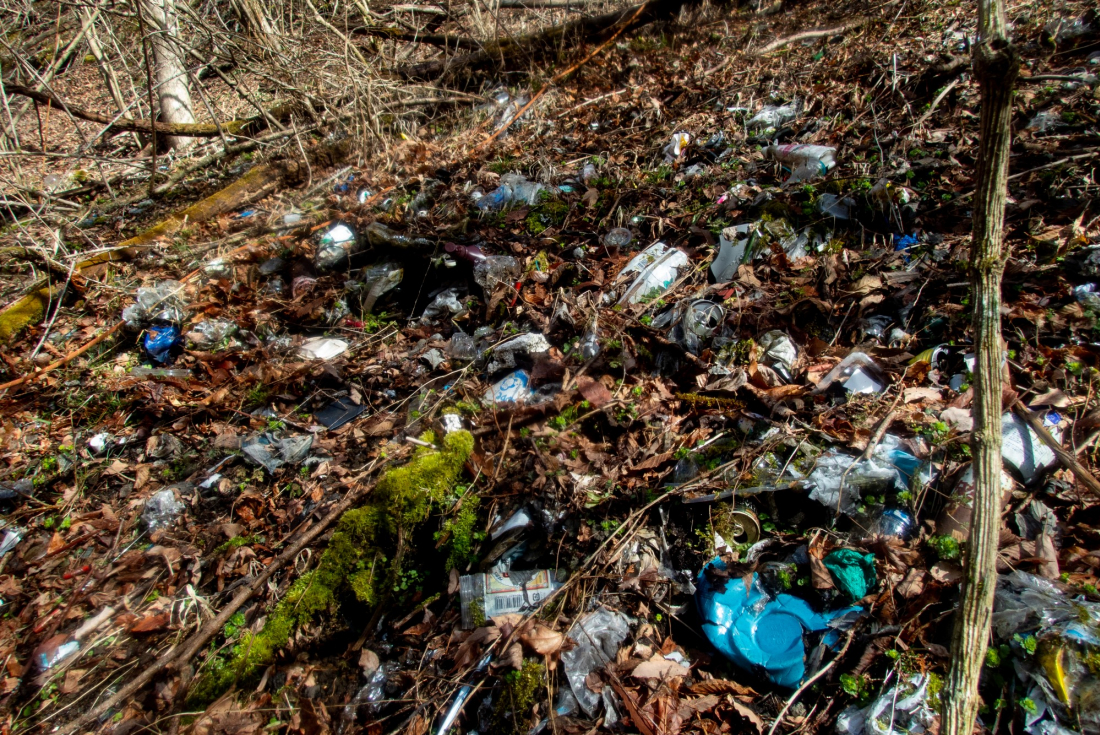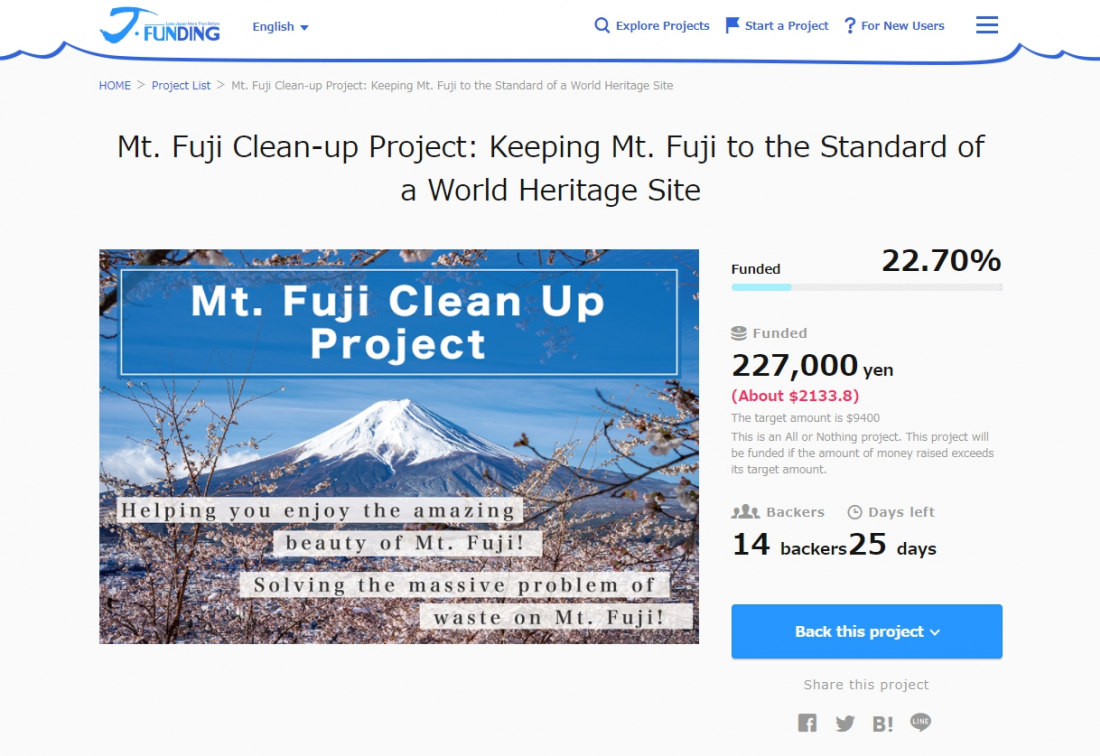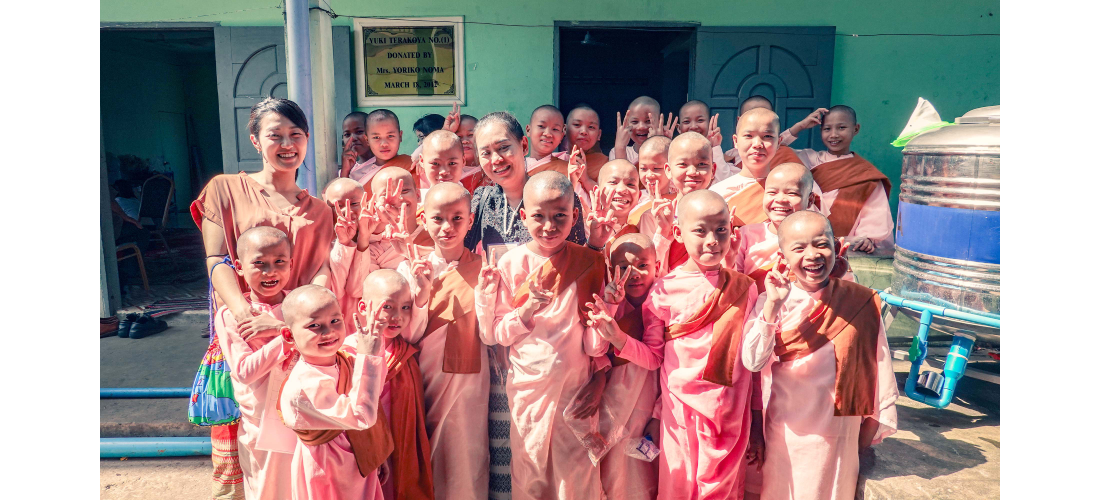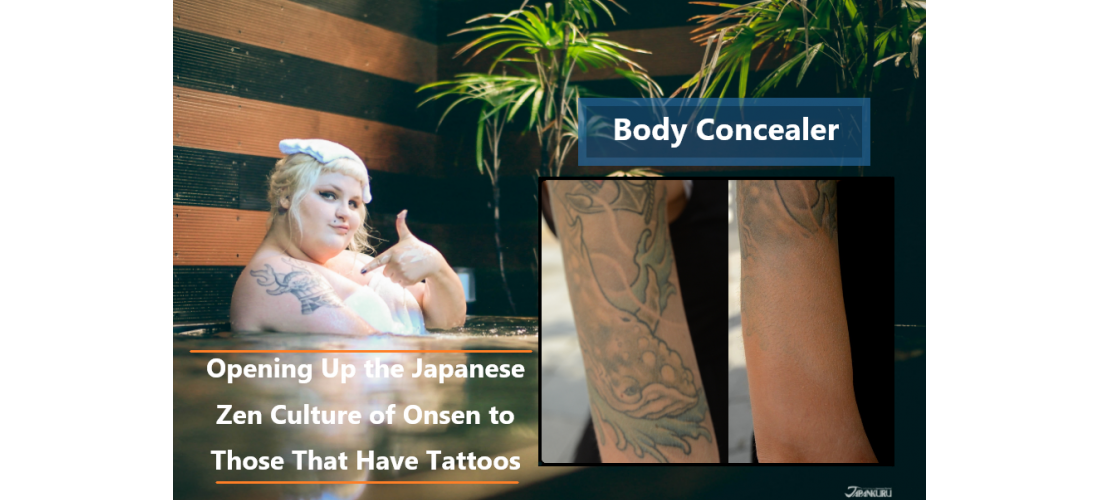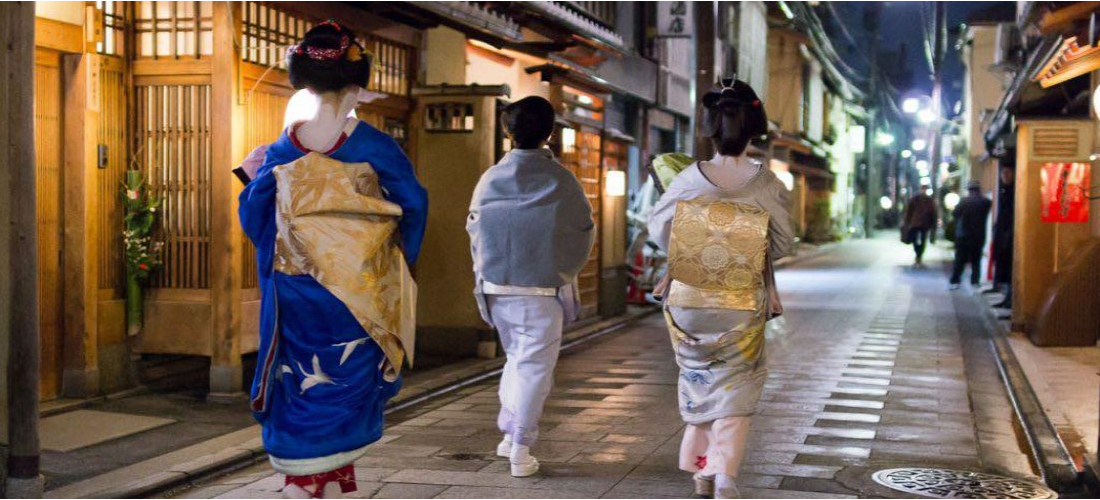CONTENTS
Mt. Fuji and the surrounding areas faces a problem that requires solutions and quickly. A group of organisations have banded together to form the Mt. Fuji Clean-up Committee but what caused this problem, and how can this group help?
Mt. Fuji – A World Heritage Site, a National Monument, a Tourist Magnet
When arriving via plane to Tokyo, if you're lucky, one of the most amazing sites you'll see is the view of Mt. Fuji as you begin your descent to the city. On a clear day from an office facing out towards the west, you can spot Mt. Fuji striking a dominating pose over the city, a reminder that if nature, or the gods, or whatever might exist out there deems that necessary, this dormant volcano could and would cause untold devastation on the world's largest city found only 140km or so away.
It was designated in June 2013 as a World Heritage site, which led to a boom of tourists from both home and abroad. It now sees on an average year about 200,000 people coming to climb the mountain and over 30 million visitors to the area in general. It has a peak season during the Summer Holidays held in August (Obon, a period where Japanese people commemorate their ancestors), where climbing the mountain hits its peak, and the visitors to the area are near overwhelming levels.
Mountain of Beauty… or Mountain of Rubbish?
With visitors increasing, another thing increases exponentially, waste. The area has become a battleground between local groups against rubbish, and disrespectful tourists that don’t care for the area. These guests to the area take no heed of the Leave No Trace Principles and as you move towards the forest near the highways that circle the mountain, the problem becomes even more noticeable.
What’s worse is that burning cigarettes have been found in the area, something that under the right circumstances can lead to massive forest fires. This is particularly high risk during the peak seasons where the area becomes excessively dry and hot, perfect for fires to catch and travel quickly.
Rubbish can be found piled up along the highway from years of people throwing it out their cars. It affects the ecosystem, and causes a variety of problems and dangers for the future.
Problems That The Area Faces Due To Rubbish
Littering has a profound effect on the area leading to 4 main problems:
②Affects the ecosystem, helping to lead to the destruction of various animal habitats.
③Risks the environment itself with problems such as forest fires from discarded cigarettes
④Creates a negative image leading to lost visitors to the area affecting the economical ecosystem.
The impact that littering causes on humans is also significant. The main impact is on the cleaning crews that risk their health to collect rubbish in the area. Due to the topography of the area, a lot of litter accumulates in piles on slopes that aren’t traversable by normal means. Ropes and gear is needed to ensure the safety of the people working to clean the environment.
As you can see, areas can get extremely steep in some places, and one wrong step can lead to slipping, and even bad injury.
The Solution to the Problem
The Mt. Fuji Clean-up Committee was founded May 30th 2019, to help combat the problem that has arisen due to the mass increase of visitors to the area. They have two goals, which looks to be both reactive and proactive.
① Collection of Waste in the areas surrounding Mt. Fuji
②Awareness of the problems that Mt. Fuji faces in regards to the Littering problem
In order to achieve their aims, they are looking to crowdfunding, due to the loss of funding from businesses and groups in the area due to a massive decline in tourism.
The area is currently in a period where great change is possible. Tourism has decreased due to the coronavirus, which has been impactful on the economy but great for the ecosystem due to a reduction in littering. Before the area sees a full revival of tourist numbers, it is possible to clean a wide area and make the surrounding forest and roads become cleaner. But to do this funding is necessary to help pay workers as well educate potential visitors to the area.
To help this group and have an effect on the surrounding environment, you can help donate to the project or even back it and receive some goods to help raise awareness!
Project Information
Title: Mt. Fuji Clean-up Project: Keeping Mt. Fuji to the Standard of a World Heritage Site
Target:1,000,000yen
End Date: September 26th 2020
URL: https://en.japankurufunding.com/projects/fuji-cleanup-project/
PROFILE
Hey everyone! We hope that we can help you keep up to date with all the projects and things we have going on over at Japankuru Funding! We hope that you find the projects on the site as interesting as we do!
COMMENT
FEATURED MEDIA
VIEW MORE
Narita Airport Tax-Free Shopping List 나리타공항 면세점 쇼핑 리스트 #pr #calbee #jagapokkuru #japanesesnacks #japanesefood #japanesesouvenir #japantravel #japantrip #naritaairport #hokkaido #나리타국제공항 #나리타공항면세점 #나리타공항면세점과자 #일본공항면세점 #일본기념품쇼핑리스트추천 #공항면세점쇼핑리스트 #일본과자추천 #면세점일본과자 #일본기념품추천 #일본과자 #자가폿쿠루 #일본간식 #일본과자쇼핑 #일본면세점필수템 #일본기념품쇼핑

Asakusa's Sanja Matsuri, one of the biggest festivals in all of Tokyo, is almost here! Make sure you check out the festival route so you don't miss all the festivities this May. #asakusa #sanjafestival #sanjamatsuri #asakusashrine #sensoji #sensojitemple #japanesefestival #shintoshrine #japaneseculture #tokyo #tokyotrip #tokyotravel #asakusasightseeing #matsuri #japantrip #japantravel #springinjapan #tokyotravel #japankuru #산자마츠리 #아사쿠사 #일본마츠리 #일본여행 #일본5월

Odaiba's DiverCity Tokyo Plaza is home to the famous real-size 20m-tall Unicorn Gundam, and the popular shopping center has even more Gundam on the inside! Check out the Gundam Base Tokyo on the 7th floor for shelves upon shelves of Gunpla, and the Gundam Base Tokyo Annex on the 2nd floor for cool anime merchandise. Both shops have tons of limited-edition items! #pr #odaiba #tokyo #tokyotrip #japantrip #japantravel #PR #divercity #divercitytokyoplaza #tokyoshopping #gundam #unicorngundam #gundambasetokyo #anime #otaku #gunpla #japankuru #오다이바 #다이바시티도쿄 #오다이바건담 #건담 #일본건담 #건프라 #건담베이스도쿄

Evangelion, in miniature!? Tokyo's SMALL WORLDS Miniature Museum is actually a must-see for anime lovers, thanks to the tiny Evangelion Hangar and Tokyo-III... plus a whole universe of other scenes both real and fictional. #smallworlds #smallworldstokyo #tokyotrip #tokyotravel #evangelion #eva #anime #miniature #miniatures #animefigure #japantrip #japantravel #에반게리온 #스몰월드 #에반겔리온 #スモールワールズ #오다이바 #아리아케

Have you sat down for a snack at Sumida Aquarium yet? This aquarium next to Tokyo Skytree is known for its penguins and garden eels, but we can't get enough of their cute snacks! There are lots of good seats around the aquarium, too, so it almost feels like one big cafe. 🐧 • Find out more at Japankuru.com! (Link in bio.) • #japankuru #sumidaaquarium #skytree #tokyoskytree #solamachi #sumida #tokyo #tokyotrip #tokyotravel #aquarium #japanesesweets #themecafe #すみだ水族館 #Japan #日本 #일본 #Japon #ญี่ปุ่น #Japão #япония #japantravel #日本旅行 #日本旅遊 #japan_of_insta #japantrip #traveljapan #japan🇯🇵 #igerstokyo #explorejapan

For anime fans, the Evangelion areas at Small Worlds Miniature Museum are a must see! The tiny miniature people in the Evangelion Hangar look like ants beneath the moving Unit-01, Unit-00, and Unit-02! And over in Tokyo-III, characters like Shinji, Rei, and Katsuragi live life on a miniature scale. #odaiba #tokyo #tokyotrip #japantrip #japantravel #ariake #smallworlds #miniaturemuseum #smallworldstokyo #tokyotravel #evangelion #eva #anime #miniature #miniatures #animefigure #japankuru #스몰월드 #에반게리온 #오다이바 #오다이바관광 #오다이바스몰월드 #미니어쳐

